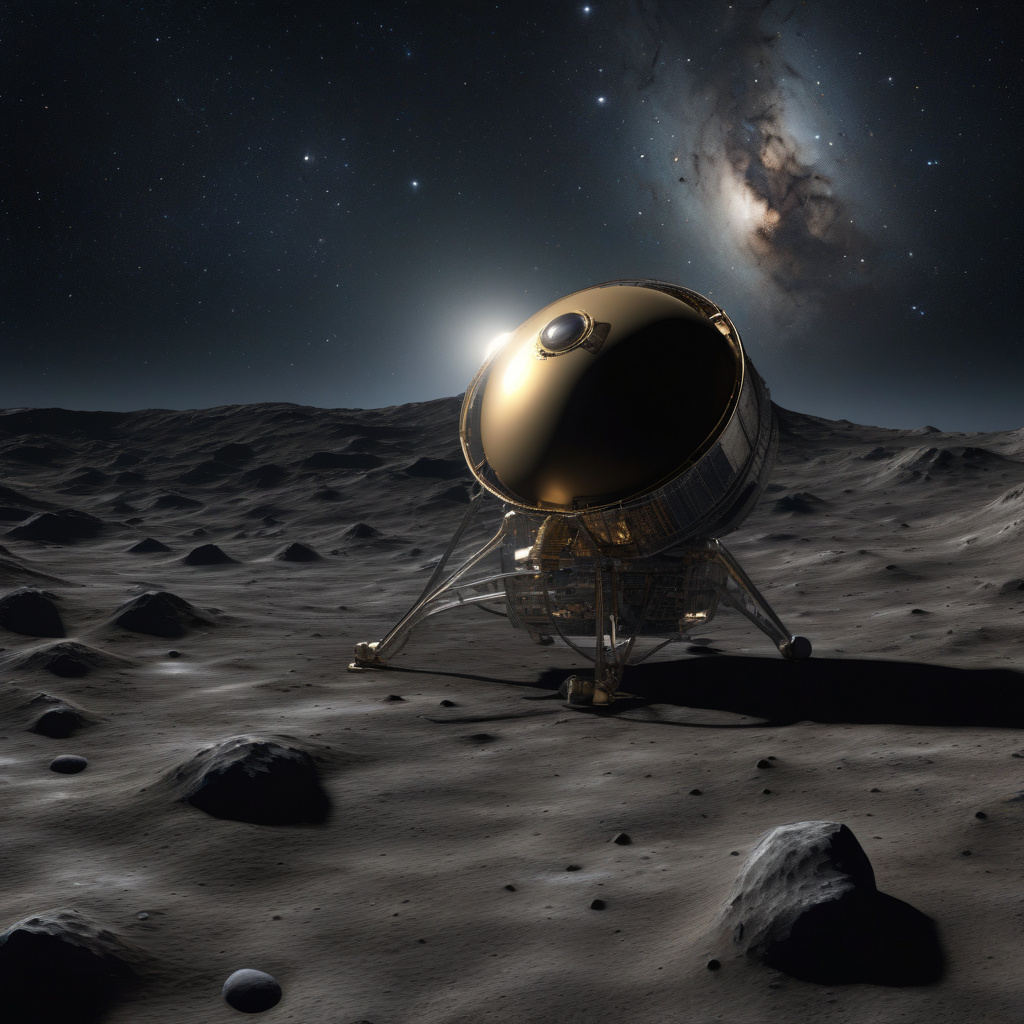In a first, Mercury’s missing lithium found through invisible magnetic fingerprints
For decades, scientists believed lithium might be hiding in Mercury’s ultra-thin atmosphere, or exosphere, but recent groundbreaking research has uncovered the elusive element through invisible magnetic fingerprints. This discovery marks a significant milestone in our understanding of the composition of the closest planet to the Sun and opens up new possibilities for future space exploration missions.
Mercury has long been a source of fascination for scientists due to its proximity to the Sun and its unique characteristics. Among the mysteries surrounding the planet was the apparent absence of lithium, a crucial element that is found in abundance on Earth and plays a key role in various industrial applications, from batteries to pharmaceuticals.
The breakthrough came when a team of researchers from leading space agencies and academic institutions developed a novel technique to detect lithium traces in Mercury’s exosphere. By analyzing the planet’s magnetic field, which interacts with the solar wind to create invisible magnetic fingerprints, the researchers were able to pinpoint the presence of lithium in concentrations previously undetectable by conventional methods.
This discovery not only sheds light on the composition of Mercury’s exosphere but also raises intriguing questions about the planet’s geological history and evolution. The presence of lithium suggests that Mercury may have undergone complex processes that led to the enrichment of this element in its atmosphere, challenging existing theories about the planet’s formation.
Moreover, the ability to detect lithium through magnetic fingerprints represents a major advancement in space exploration technology. By leveraging this innovative approach, scientists can now study other celestial bodies with greater precision and uncover hidden clues about their composition and history. This paves the way for future missions to Mercury and beyond, offering unprecedented insights into the origins of our solar system.
In addition to its scientific implications, the discovery of lithium on Mercury has practical applications that extend beyond the realm of space exploration. As lithium continues to play a vital role in the development of sustainable energy solutions, such as lithium-ion batteries for electric vehicles and renewable energy storage, understanding its distribution in the solar system could have far-reaching implications for the future of technology and innovation on Earth.
Overall, the breakthrough in finding Mercury’s missing lithium through invisible magnetic fingerprints represents a triumph of human ingenuity and curiosity. By pushing the boundaries of our knowledge about the universe, scientists have not only unraveled a longstanding mystery about a neighboring planet but also paved the way for new discoveries that could shape the future of space exploration and technology.
#Mercury #LithiumDiscovery #SpaceExploration #ScientificBreakthrough #SolarSystemResearch












